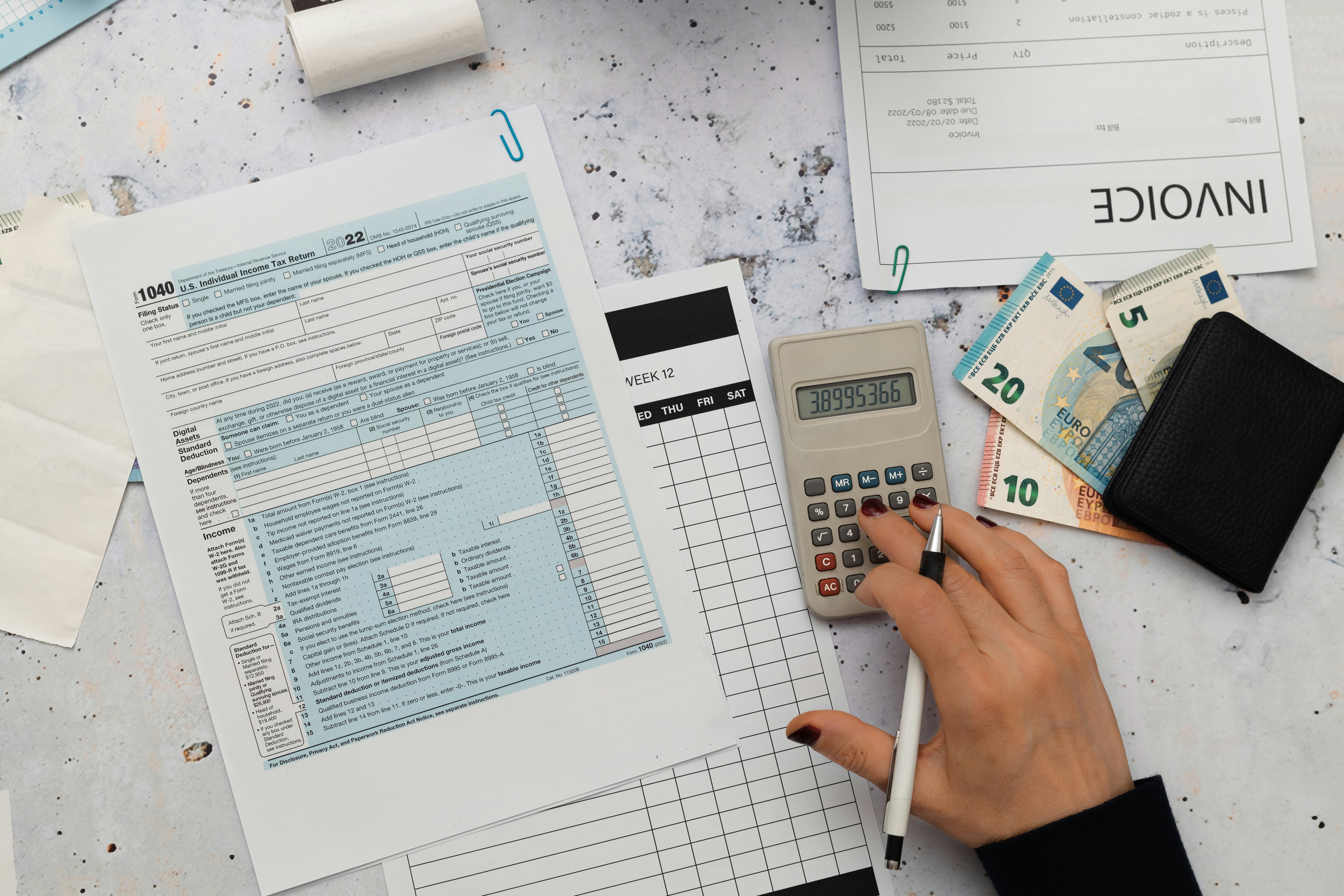In this note we will consider some practical aspects of trading credit options on CDS indices.
Cost
We looked at some aspects of credit option pricing in part 3. The user would input a variety of parameters (e.g. spot, strike, maturity, volatility) and the model would generate a premium. You quote the premium in the same units as the underlying asset (a par spread in basis points per annum), so you adjust this by the applicable PV01 to determine the upfront payment.
So in part 3, we looked at an out of the money (with respect to spot) payer credit option struck at 90 where the index was trading at 85. This had an upfront premium of 35 basis points. If the underlying CDS index has a maturity of about 5 years and we assume a PV01 of ‘5’ (see part 4 for an explanation) then the model would have initially returned an unadjusted premium of 7 bps. To avoid confusion, note that commercial pricing models report the premium as an upfront amount in bps. So on a 10m notional the upfront premium would be 35,000.

Breakeven
Traders need to identify the level of par spreads where they will recover the initial premium Using the above example, as long as the par spreads are above 90 at expiry, then the credit option is in the money (ITM). However, we will only recoup the 35,000 premium if spreads are 97. This level of par spreads is equal to the strike of the credit option plus the premium expressed as bps per annum (i.e. 35 bps upfront is equal to 7 bps pa with a PV01 of 5). We can express this as:
Strike + (upfront premium / PV01)
Final profit and loss – in a similar vein the final profit and loss will be:
[(Par spread at maturity – strike) x PV01 – upfront] * notional

